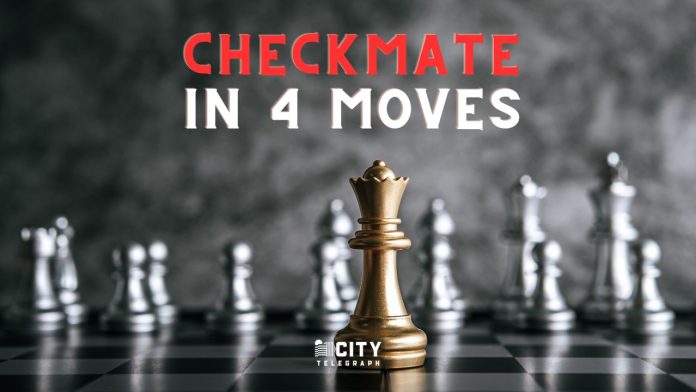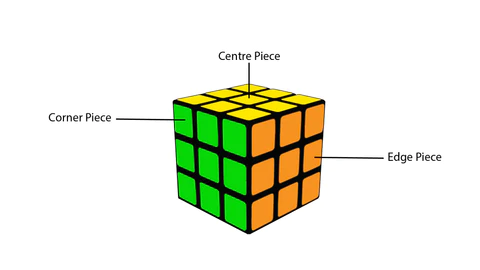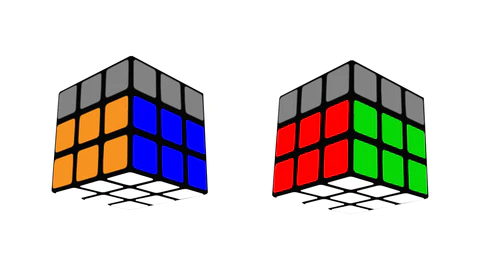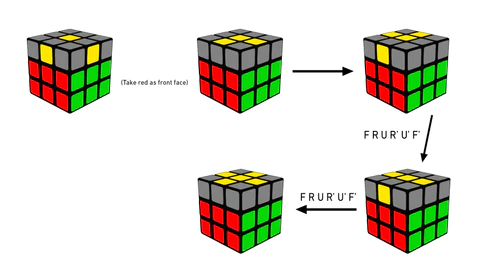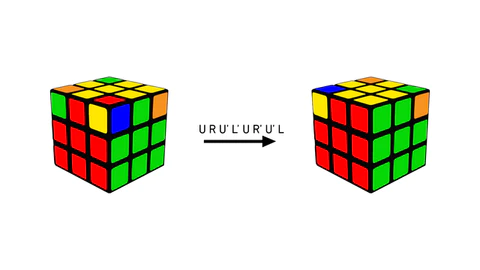International Women’s Day, celebrated annually on March 8th, is a day to recognize the social, economic, cultural, and political achievements of women, as well as a call to action for gender equality. The day has been observed since the early 1900s and is now recognized globally, with various events and activities taking place to celebrate and advocate for women’s rights.
The theme for International Women’s Day 2023 is “Women’s Rights are Human Rights: Let’s End the Gender Gap”. The theme highlights the ongoing struggle for gender equality and emphasizes the need for collective action to address the challenges women face.
History of International Women’s Day
International Women’s Day has its roots in the early 20th century, when women began to organize and advocate for their rights, including the right to vote, work, and participate in political and social activities. In 1908, 15,000 women marched through New York City, demanding better pay, shorter work hours, and voting rights.
In 1910, Clara Zetkin, a German feminist, proposed the idea of an International Women’s Day at the International Conference of Working Women in Copenhagen. The proposal was unanimously approved, and the first International Women’s Day was observed on March 19, 1911, in Austria, Denmark, Germany, and Switzerland.
Over the years, International Women’s Day has become a global movement, with individuals and organizations advocating for gender equality and women’s rights. In 1975, the United Nations officially recognized International Women’s Day, and it is now celebrated in countries around the world.
Importance of International Women’s Day
International Women’s Day is an important day to celebrate the achievements of women and recognize the ongoing struggle for gender equality. The day serves as a reminder of the progress that has been made and the work that still needs to be done to ensure that women have equal rights and opportunities.
The theme for International Women’s Day 2023 reflects the ongoing gender gap that exists in various areas, including education, employment, and politics. Women are still underrepresented in leadership positions, and they continue to face discrimination and harassment in the workplace and in society.
International Women’s Day provides an opportunity to raise awareness about these issues and to advocate for change. It is a day to celebrate the achievements of women and to highlight the importance of gender equality for the social, economic, and political well-being of individuals and communities.
How to celebrate International Women’s Day
There are many ways to celebrate International Women’s Day, including attending events and participating in activities that promote gender equality and women’s rights. Here are some ideas:
Attend a women’s march or rally
Many cities around the world hold women’s marches or rallies on International Women’s Day. These events provide an opportunity to show support for women’s rights and to advocate for gender equality.
Support women-owned businesses
One way to celebrate International Women’s Day is to support women-owned businesses. This can include shopping at women-owned stores or purchasing products made by women.
Volunteer for a women’s organization
Many organizations that support women’s rights and gender equality rely on volunteers to carry out their work. Consider volunteering for a women’s organization in your community.
Educate yourself about women’s issues
International Women’s Day is a good opportunity to educate yourself about women’s issues and the ongoing struggle for gender equality. You can read books, watch documentaries, or attend lectures on women’s issues.
Advocate for change
International Women’s Day is a call to action for gender equality. You can advocate for change by speaking out against discrimination and inequality, contacting your elected representatives, and supporting policies and initiatives that promote gender equality.
In conclusion, International Women’s Day is an important day to celebrate the achievements of women and to
Some Gifts Suggestions for International Women’s Day 2023
International Women’s Day is an occasion to celebrate the achievements of women, as well as their contributions to society. If you’re looking for gift ideas for the special women in your life, here are a few suggestions:
Flowers – A beautiful bouquet of flowers is always a good gift option, and you can choose from a variety of blooms to suit the recipient’s taste.
Jewelry – Whether it’s a simple pendant or a statement piece, jewelry is a great way to show your appreciation and make someone feel special.
Skincare or makeup sets – Pampering products like skincare or makeup sets can be a great way to help someone relax and feel good about themselves.
Books by women authors – For the bookworm in your life, consider gifting a book written by a female author. This is a great way to support women in the arts and inspire the reader with new perspectives.
Charitable donations – Consider making a donation in someone’s name to a charity that supports women’s causes. This can be a meaningful and impactful way to celebrate International Women’s Day.
Personalized items – Personalized gifts like a custom photo book or a monogrammed item can add a special touch and show that you put thought and effort into the gift.
Self-care items – Give the gift of self-care with items like a cozy robe, scented candles, or a diffuser to help someone relax and unwind.
Remember, the most important thing is to show the women in your life that you appreciate them and support their dreams and ambitions. Happy International Women’s Day!
Inspiring Quotes to Celebrate International Women’s Day 2023
- “Feminism isn’t about making women strong. Women are already strong. It’s about changing the way the world perceives that strength.” – G.D. Anderson
- “A woman is like a tea bag – you can’t tell how strong she is until you put her in hot water.” – Eleanor Roosevelt
- “The most courageous act is still to think for yourself. Aloud.” – Coco Chanel
- “I am a woman with thoughts and questions and sh*t to say. I say if I’m beautiful. I say if I’m strong. You will not determine my story – I will.” – Amy Schumer
- “The most effective way to do it is to do it.” – Amelia Earhart
- “I have learned over the years that when one’s mind is made up, this diminishes fear.” – Rosa Parks
- “I raise up my voice—not so I can shout, but so that those without a voice can be heard…we cannot succeed when half of us are held back.” – Malala Yousafzai
- “We need women at all levels, including the top, to change the dynamic, reshape the conversation, to make sure women’s voices are heard and heeded, not overlooked and ignored.” – Sheryl Sandberg
- “Women are the real architects of society.” – Harriet Beecher Stowe
- “I am not free while any woman is unfree, even when her shackles are very different from my own.” – Audre Lorde




